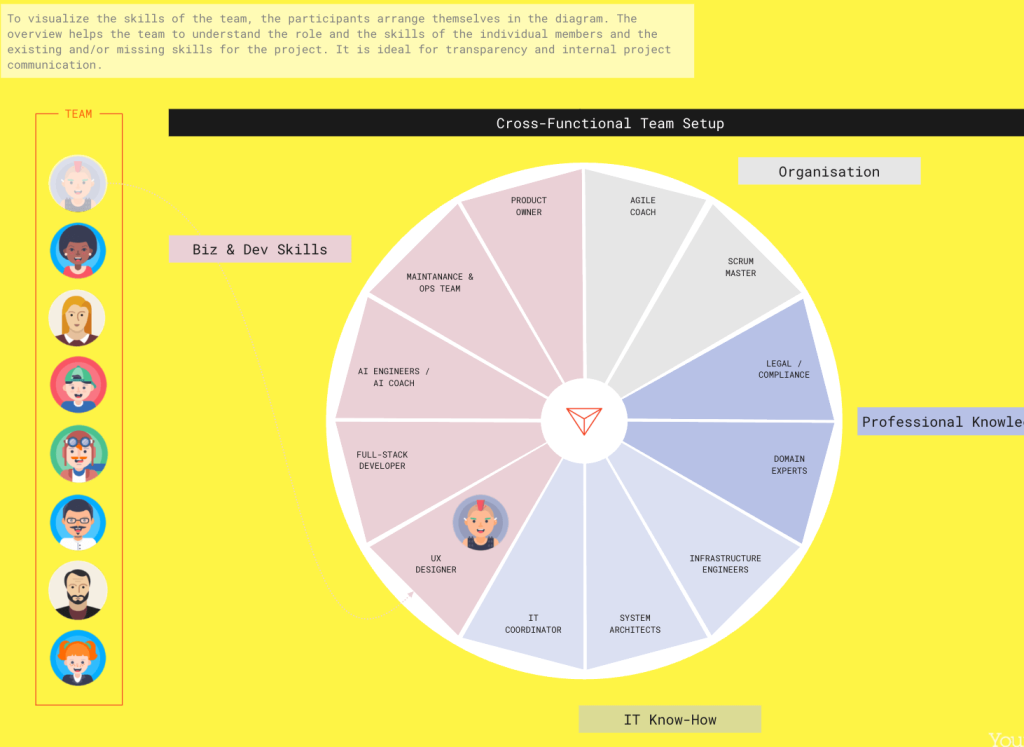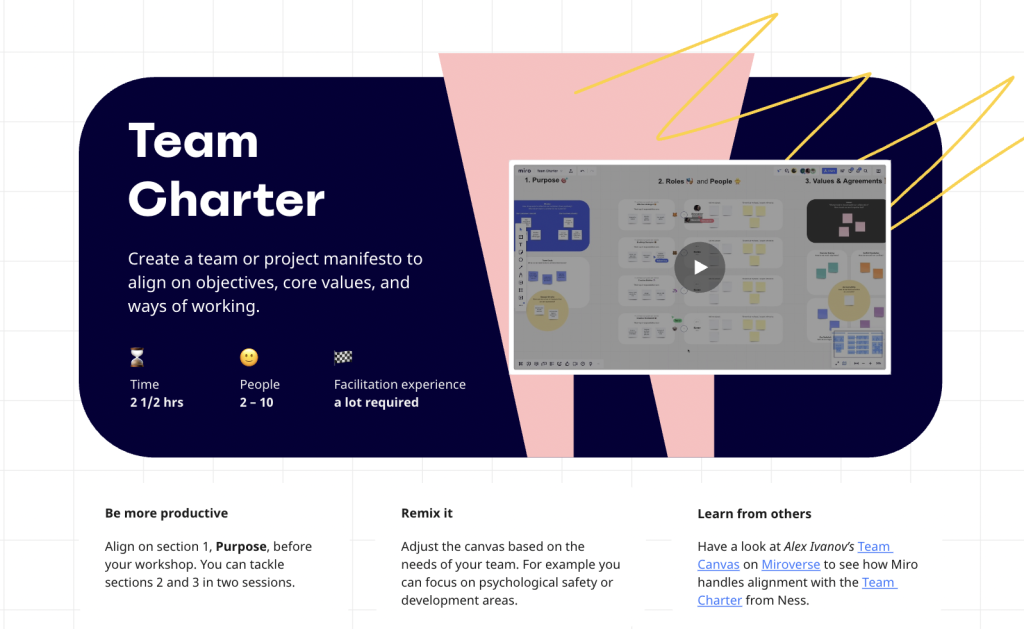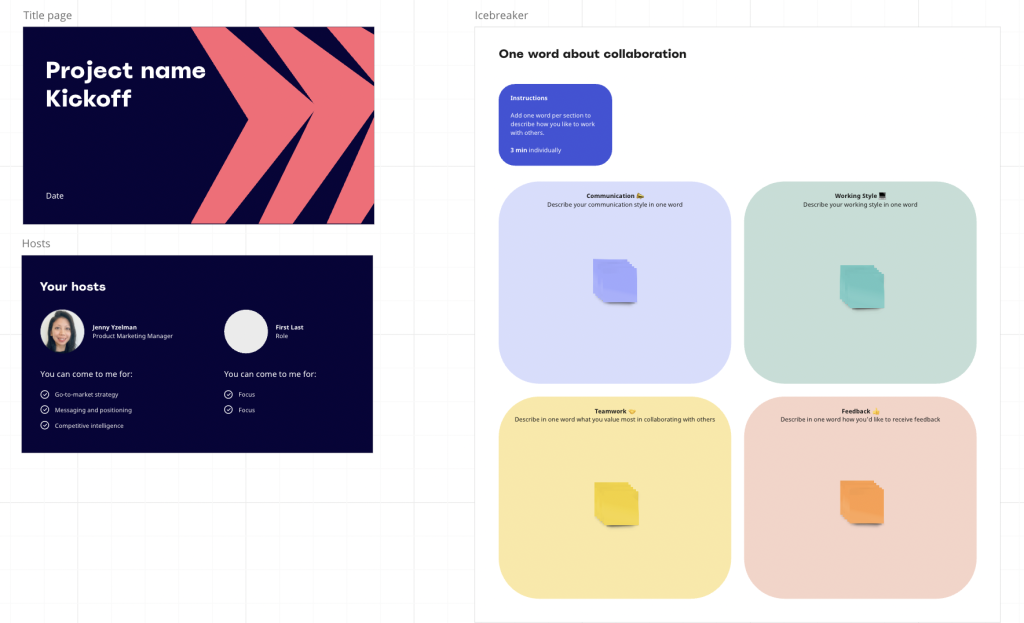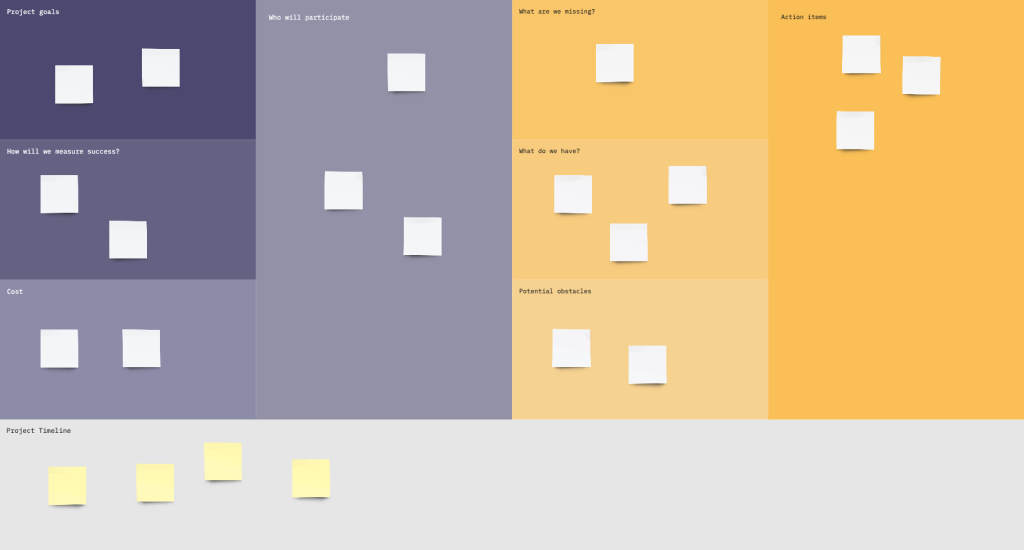Denver had to pull out of hosting the 1976 Olympic games when the city failed to work with stakeholders to confirm it actually had the right resources and space.
NASA’s Mars Climate Orbiter missed its orbit and fell into the atmosphere, simply because scientists forgot to convert units to the metric standard.
The production of the Airbus A380 ran into numerous snags — including aircraft pieces that didn’t actually fit together — because teams across four different countries didn’t align their systems or expectations.
These failed projects are proof of one hard truth: It’s downright hard to manage a cross-functional team.
Why does cross-functional team management matter?
Done right, cross-functional collaboration — which includes uniting teams, aligning expectations, and setting everybody up to deliver a winning project — has a score of benefits, including:
- Smoother projects with less conflicts
- A higher degree of team trust and psychological safety
- Positive team culture
- Better project results
That being said, disparate teams trying to work together without good communication and strong leadership can introduce lots of hurdles, like lack of trust, misalignment, tricky stakeholder management, and the potential for more conflict.
That all begs the question: How do you do cross-functional collaboration right? Here are six strategies for getting team members on the same page and avoiding conflict, chaos, and confusion.
Managing cross-functional teams: 6 tips to get it right
1. Find the right members
The success of a cross-functional team starts long before the project kicks off. Selecting the right team members can go a long way in making collaboration feel a little more effortless.
Your project itself dictates the specific skills and expertise you need from your team. For example, you might need someone who knows the ins and outs of user experience or someone who has insight into your customers.
It’s also worth going beyond technical skills. Do you need people who are comfortable in fast-paced environments? People who are detail-oriented? People who are positive and encouraging? Those soft skills can be just as important.
While you certainly don’t want to build a homogeneous group (diversity is a benefit to any team), thinking holistically about the members you bring together will help you build a well-rounded team where peoples’ diverging strengths complement each other — rather than relentlessly conflict..
How to get started
Visualize the skills of your team using the helpful diagram in this Cross-Functional Team Setup template created by Young Digitals Consulting.

2. Set and share clear goals
Cross-functional team members inherently bring different skills, perspectives, and experiences to the table. That’s a good thing — but it also means that sometimes team members bring dissimilar goals along with them too.
For example, members of the sales team might want the new customer knowledge base to drive sales conversations and demos, while the customer support team may want to focus exclusively on nurturing relationships with existing customers.
The very purpose of a team is to rally around a shared objective and that starts with outlining clear team or project goals that resonate with everybody. Doing so ensures that everyone keeps their sight set on the same horizon.
How to get started
Make your goals SMART: specific, measurable, attainable, relevant, and timely. Use our SMART Goals template to dig deep into your cross-functional team’s objectives and ensure everybody understands what you’re working toward.

3. Establish team expectations and norms
Working cross-functionally is a great way to get exposed to different ways of working. But it can also breed conflict if team members have vastly different approaches, processes, routines, and expectations. Members of the marketing team might be used to shouting out ideas in a team meeting, while members of the development team may prefer to chat digitally and get frustrated by those constant disruptions.
Just as important as agreeing on shared goals and responsibilities, cross-functional teams should also take the time to align on things like decision-making, conflict resolution, communication, and accountability.
Proactively addressing those values and principles can mitigate a lot of disagreements and miscommunications once the work actually kicks off.
How to get started
Our Team Charter templates give you and the team a space to hash out all of your expectations and values. If you have a smaller team or simply want to dig deeper into work and communication preferences, ask each team member to fill out a Personal User Manual.

In addition, consider using a roles and responsibilities template to provide clarity and ensure accountability.
4. Host an effective project kickoff
The project kickoff sets the tone for the work ahead. It’s the team’s chance to share and discuss the important elements that you need to agree upon, like all the values, principles, and expectations we mentioned above.
It’s also when the team can discuss specific aspects of the project including deliverables, milestones, and the timeline.
Think of the project kickoff meeting as the time when your cross-functional team maps out a shared blueprint for the project — as well as how you’ll execute it with as few hiccups as possible.
How to get started
Align everybody from the start with our Project Kickoff Meeting templates. It’ll walk your team through all of the important activities like setting goals, planning the project, and assigning action items.

5. Create a single source of truth
Collaboration runs off the rails (plus, errors happen and work can get lost) when teams struggle with knowledge silos or have to juggle disparate tools.
Modern cross-functional teams need a single destination to seamlessly collaborate on the project. It should be intuitive and accessible to the entire team so everybody has visibility into how work is progressing.
How to get started
Use the Project Planning template for the team to identify, visualize, and achieve specific project milestones. You can also use the Project Status Report template to keep everybody — project team members as well as other stakeholders — up-to-date on the project.

6. Foster trust and psychological safety
Collaboration is far more effective and efficient (not to mention enjoyable) when team members trust each other. But trust isn’t something that preexists on a project team. It needs to be intentionally cultivated.
That can feel like a daunting challenge, but here’s the most important thing to remember: Team members can’t trust each other if they don’t know each other.
So, while a lot of the team’s focus will inevitably be on the actual project work, don’t forget to dedicate some time (especially in the early days) to building some familiarity and rapport. A little bit of bonding can go a long way.
How to get started
Use some of our team-building activities for cross-functional teams to lay the groundwork for positive and productive collaboration.
Managing cross-functional teams (with less havoc)
From NASA to the Olympics, you don’t need to look far to find examples of cross-functional collaboration gone wrong. Luckily, it is possible to get it right.
Cross-functional collaboration isn’t something that falls into place once everybody has their role and their marching orders. It takes strategy and commitment to ensure that team members all continue to paddle the boat in the same direction.
But while managing a cross-functional team isn’t easy, doing it well offers numerous benefits — including a better final product. So in those moments when you feel ready to tear your hair out, remember this: The journey can be tough, but the destination is more than worth it (as long as you aren’t headed there in an Airbus A380, of course).





